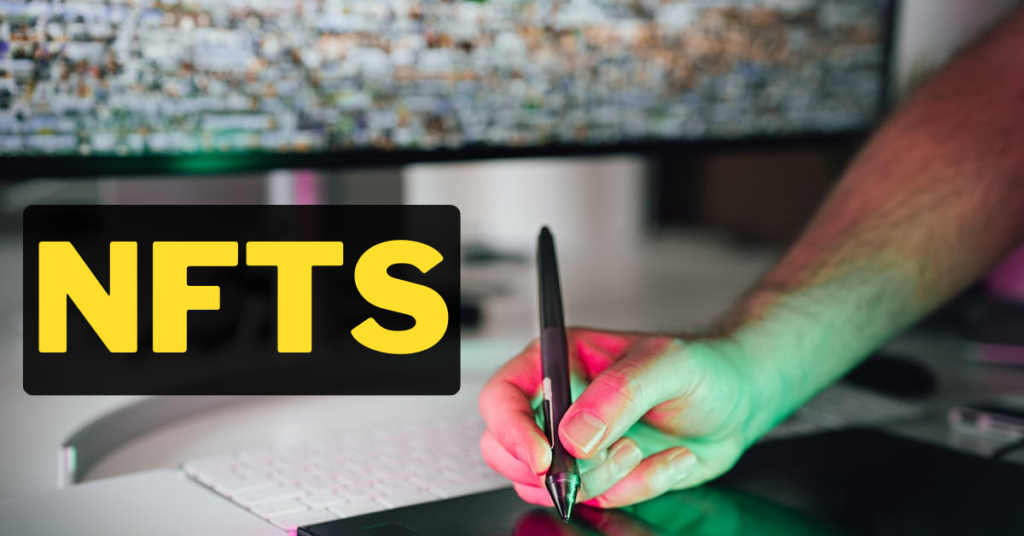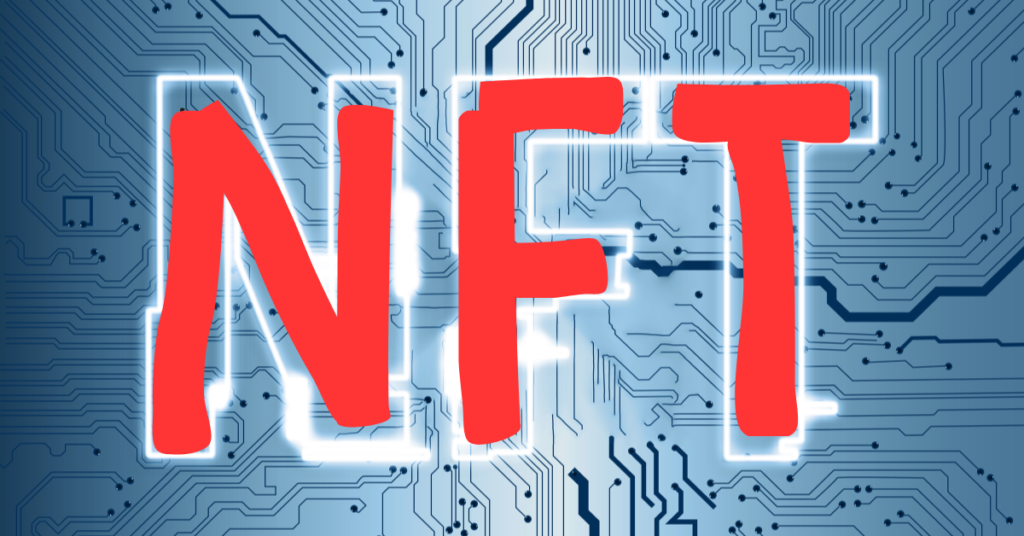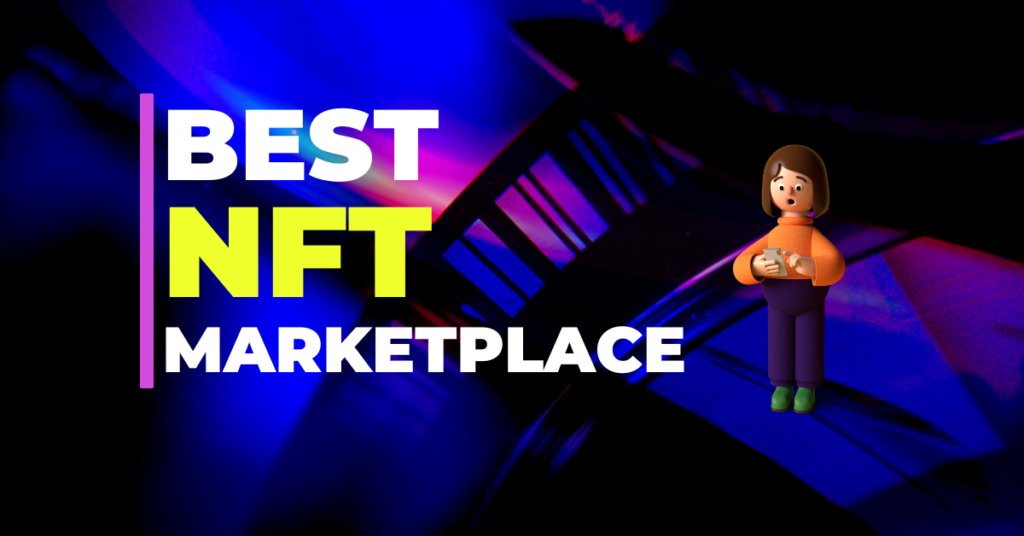The NFT market has surged dramatically. However, this rapid growth has also opened doors for various types of scams, including NFT fraud and art scams. As you venture into the world of NFTs, it’s crucial to be aware of these scams and take steps to protect yourself.
Here’s a guide on the most common NFT scams and how you can stay safe.
Understanding NFTs
What Are NFTs?
NFTs, or Non-Fungible Tokens, are unique digital assets that represent ownership of a specific item or piece of content on the blockchain. Unlike cryptocurrencies like Bitcoin, which are interchangeable, NFTs are one-of-a-kind and cannot be directly replaced. They can include digital art, videos, music, and other digital files. When you purchase an NFT, you’re buying a record of ownership, not the actual file itself.
How Do NFTs Work?
NFTs operate on a blockchain, most commonly Ethereum, which records transactions and ensures the uniqueness of each token. Each NFT points to a digital file or asset, verifying ownership and authenticity through the blockchain. Collecting NFTs requires a digital wallet and cryptocurrency. Marketplaces like OpenSea and Rarible are popular places to buy and sell NFTs.
Common NFT Scams

1. Impersonation Scams
Scammers often create imitation NFT marketplaces with URLs similar to legitimate ones. These fake sites can deceive users into making transactions on a fraudulent platform. Always verify that you are on the correct website by checking the URL and security certificates.
2. Rug Pulls
A rug pull is a scam where promoters hype up an NFT project to drive up its price and then disappear with the funds. The value of the NFT crashes, leaving investors with worthless assets. Be cautious of projects with unrealistic promises or lack of transparency.
3. Pump and Dump Schemes
In these schemes, scammers artificially inflate the price of NFTs by buying them up and driving up demand. Once the price is high, they sell off their holdings for a profit, leaving other investors with devalued NFTs. Watch for sudden price spikes and be wary of coordinated buying activities.
4. Compromised NFT Wallets
Another scam involves compromising NFT wallets through malware or phishing attacks to gain unauthorized access to digital assets. Ensure that your wallet is protected with strong security measures and avoid downloading or clicking on suspicious links or attachments.
5. Phishing Scams
Phishing scams target users by pretending to be legitimate entities or support services. Scammers may send fake alerts or messages asking for your wallet’s private keys or security phrases. Never click on links from unknown sources or share your private information.
6. Customer Support Scams
Hackers impersonate customer support staff to gain access to your crypto wallet. They may send fake support links or ask to view your screen to steal your credentials. Always contact support through official channels and never share sensitive information.
7. Bidding Scams
In bidding scams, fraudsters may switch the currency in which your NFT is listed, leading to potential losses. Double-check the currency and terms before finalizing any transactions.
8. Counterfeit NFTs
Scammers may create fake versions of popular artworks and list them on NFT marketplaces. To avoid this, ensure you are purchasing from verified creators and official listings.
9. Giveaway or Airdrop Scams
Scammers offer fake NFT giveaways or airdrops, asking you to sign up and link your wallet. Once your credentials are obtained, they can access and steal your assets. Be cautious with any unsolicited offers and verify their legitimacy.
10. Investor Scams
Fraudsters exploit anonymity to create fake investment opportunities. They disappear with the funds after collecting investments, leaving no trace. Research the project and its creators thoroughly before investing.
11. Token Swap Scams
In token swap scams, scammers lure victims with offers to swap their NFTs for other tokens or assets. Once the swap is made, the scammers take the original NFTs and disappear. Be cautious when participating in token swaps and always verify the legitimacy of the swap partners.
12. Fake NFT Reviews
Scammers may create fake reviews or testimonials to promote their fraudulent NFTs or marketplaces. These fake reviews are designed to build trust and deceive potential buyers. Look for independent and verified reviews from reputable sources to avoid falling for such scams.
13. Manipulated NFT Rarity
Scammers may manipulate the perceived rarity of NFTs to inflate their value. They might create fake rarity claims or use misleading information to convince buyers that an NFT is more valuable than it is. Cross-check the rarity and value claims with reliable sources and marketplaces to ensure accuracy.
How to Stay Safe from NFT Scams

Do Your Research
Before making any transaction, research the marketplace and the creators. Check reviews, verify the reputation of the platform, and look for any red flags. Ensure the project and its developers are genuine and transparent.
Avoid Unsolicited Links
Do not click on links or download attachments from unknown sources. These could lead to phishing sites or malware that target your wallet.
Be Cautious with Giveaways
Be skeptical of free NFT giveaways, especially those requiring you to link your wallet. Scammers often use these offers to steal your credentials.
Protect Your Private Keys
Never share your wallet’s private key or seed phrase with anyone. Use strong passwords and enable two-factor authentication (2FA) for added security.
Verify Creators
Check the authenticity of NFT creators and projects. Look for verified accounts and clear contact information. Avoid purchasing from anonymous or unverified sources.
Use Official Sites
Only use official and well-known websites for NFT transactions. Avoid entering your wallet information through pop-ups or suspicious links.
Double-Check Prices
Verify the price of NFTs on official trading platforms. Be wary of prices significantly lower than those on legitimate sites.
Consider Using Burner Wallets
A burner wallet limits your exposure by holding only a small amount of funds. This reduces risk in case of a scam.
Check Verification Marks
Look for verification marks on NFT marketplaces. Ensure the artist and project are legitimate by checking their social media profiles and official websites.
Conclusion
As the NFT market continues to grow, staying vigilant against scams is crucial. By understanding common NFT frauds and following safety tips, you can protect yourself from potential losses and enjoy the benefits of this exciting digital asset class.
Always prioritize research and caution to safeguard your investments in the NFT space.
So that’s it about this article. If you have any further questions, feel free to comment down below or contact finzerr.
Finzerr is always here to help you!



